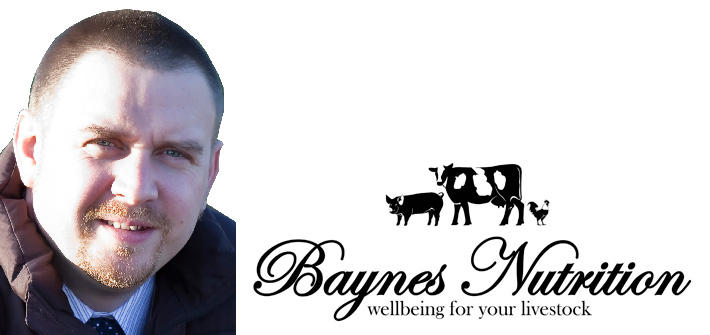How things have changed! I recently found myself reflecting on changes in feeding regimes for piglets during the past two decades, and how the global industry’s investment in R&D has led to a better understanding of sow and piglet nutrition – and more latterly improvements that have enabled new feed products to meet the demands of larger litter sizes in a complementary rather than supplementary fashion. This is all part of the robust package of offerings to pig producers who’re keen to make improvements.
About 20 years ago as a (fairly) young commercial nutritionist in Northwich, I was involved in creating a new creep feed that was predominantly cooked cereals. If we consider the situation in the mid 1990s, sows were producing fewer piglets and we were weaning at 21 days of age. Sows weren’t under the same degree of pressure to produce milk as they are now, and relatively naïve pigs were being weaned, which required diets of a highly digestible nature with high levels of milk powders and quality fishmeal.
Despite best efforts, the post-weaning dip was almost inevitable as the piglet went from warm, nutrient-rich maternal milk to a pellet, causing a reduction in net nutrient intake and digestive challenges as the piglet comes to terms with an array of ingested novel raw materials. Creep feeding during this time was understood to have benefits, but generally less attention was paid to it on farm as adequate milk production was deemed sufficient.
However, in defence of the creep feed we developed, it did what these feeds still have to do today, albeit in a less-sophisticated fashion. That was to encourage the development of the key enzymes and overall gut maturity to lessen the impact of the novel raw materials post-weaning.
In the 2000s the situation changed. We pushed for hyper-prolificacy, so far greater numbers of piglets were being produced and our understanding of sow nutrition wasn’t as refined as it is today. Milk yields were variable and weaning age had to be increased, therefore necessitating very milky creep feeds to be used to supplement the sow milk. Much greater attention to creep feeding practice was required to ensure decent weaning weights.
Today, we still have hyper-prolificacy, but these larger litter sizes are combined with genetically improved sows and more elegant nutritional techniques. Sows are now milking consistently better, and we can look to using products to complement the sow’s milk, rather than to supplement it.
Not all units will have reached this level of sophistication, and as nutritionists we have to consider the feed regime unit by unit. If the sow is still underperforming during lactation, or piglet numbers are simply too high, then there are additional liquid milk systems that can be used, or specialised high-milk creep feeds.
However, more units have very efficient farrowing houses, sow feeds and feeding systems, thereby giving us the opportunity to use a specific creep ration that stimulates enzyme development in the piglet. This drives more improvement in post-weaning performance and subsequent rearing efficiency, and it’s absolutely essential for maximising profitability.




